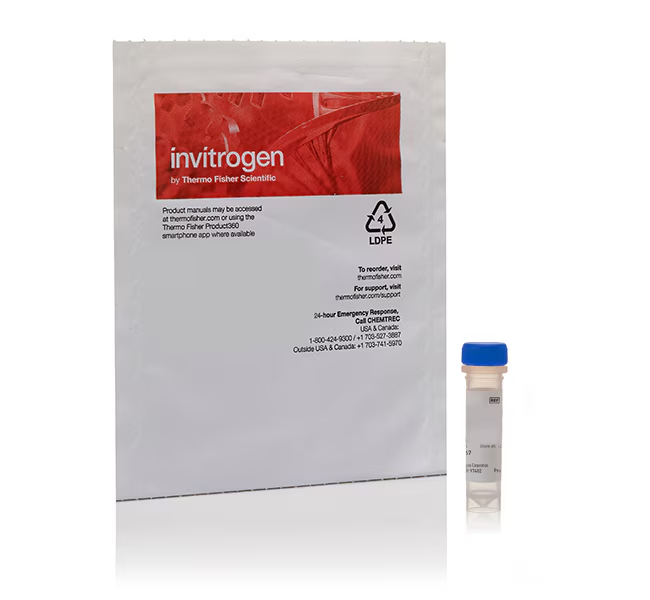
Molecular Probes™ cholera toxin conjugates are made from a recombinant version of the B subunit only. This allows us to provide a very high-purity product that is completely free of the toxic A subunit. Cholera toxin B subunit (CT-B) attaches to cells by binding to ganglioside GM1, making it a powerful tool for retrograde labeling of neurons. This tracer has been used in a variety of applications, including tracing of rat forebrain afferents, projections of the parabrachial region, and neurons of the urinary bladder wall. When used in neuronal tracing applications, CT-B is typically introduced by pressure injection or by iontophoretic injection into neural tissue.
Cholera Toxin Subunit B Specifications:
• Label (Ex/Em): Horseradish peroxidase (HRP)
• At neutral pH, the 11.4 kDa B subunit exists as a 57 kDa pentamer
• Lyophilized product can be dissolved in buffer (e.g., PBS) for use
Cholera Toxin Subunit B for Studying Lipid Rafts
More recently, researchers have found that CT-B can be used as a marker for lipid rafts, which are membrane microdomains enriched in cholesterol and sphingolipids thought to be important in cell signaling. For lipid raft staining, cells are first incubated with fluorescent CT-B. Then, an anti–CT-B antibody is added to crosslink the CT-B in the lipid rafts into distinct patches on the plasma membrane. These patches are easily visualized by fluorescence microscopy. In addition to individual fluorescent CT-B conjugates, we also offer Vybrant™ Lipid Raft Labeling Kits that contain the Alexa Fluor™ 488, Alexa Fluor™ 555, or Alexa Fluor™ 594 dye conjugates of CT-B, an anti–CT-B antibody, and a detailed protocol for labeling and preparing cells for fluorescence microscopy.
Find More CT-B Conjugates
We offer various CT-B conjugates. Review Protein Conjugates—Section 14.7 in the Molecular Probes™ Handbook for more information on these tracers.
For Research Use Only. Not for human or animal therapeutic or diagnostic use.
| Code | Description |
|---|---|
| C34780 | Catalog Number: C34780 |

